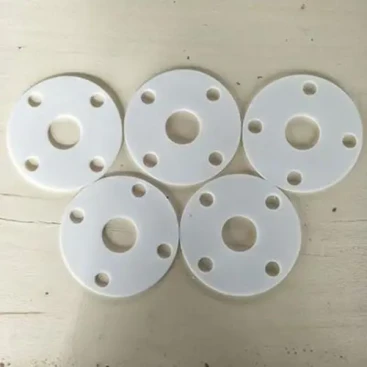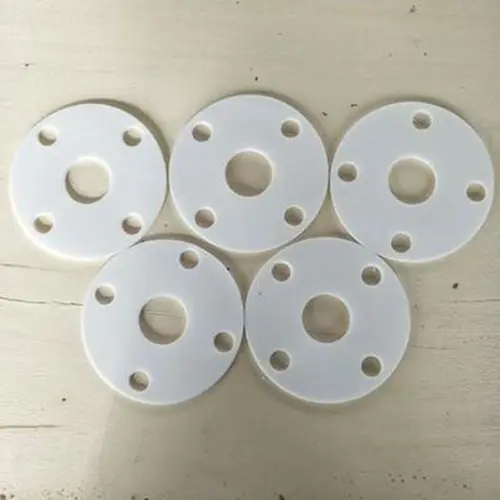Characteristics of Teflon materials
Teflon materials introduction
Teflon materials is the trademark name of polytetrafluoroethylene (بتف), commonly known as “plastic king”. And PTFE is a synthetic fluoropolymer of tetrafluoroethylene. In PTFE, each carbon atom is covalently bonded to two fluorine atoms and shares two other covalent bonds with neighboring carbon atoms. This structure forms a linear polymer in which all free bonds on each carbon atom are occupied by fluorine. The carbon-fluorine (C-F) bonds in the Teflon molecule are very stable, and this structure gives PTFE many unique physical properties.

Teflon materials with excellent chemical resistance:
Because the fluorine atoms completely surround the carbon skeleton, few other chemicals can get close enough to the carbon atoms to react with them. This all-around protection ensures that Teflon is extremely resistant to acids, alkalis, solvents and oxidizers. Chemicals have difficulty adhering to the surface of Teflon, further enhancing its chemical resistance.
Wide range of operating temperatures:
Teflon’s operating temperature range is typically between -200°C and +260°C. Which is a very wide range covering very low to very high temperatures. Teflon maintains its physical and chemical properties even at very low temperatures, remains chemically stable at high temperatures, does not decompose easily, and does not release toxic gases.
Excellentdielectric properties:
Teflon has a low dielectric constant of about 2.1 at room temperature and is relatively stable over its entire operating temperature range. This means it responds weakly to electric fields and therefore has excellent insulating properties.
No embrittlement or aging:
Many plastics become embrittled or aged when subjected to mechanical stress or prolonged exposure to certain environments, and are prone to fracture. Teflon, however, has excellent resistance to embrittlement and aging. Teflon’s non-embrittlement and non-aging properties stem from its unique molecular structure that provides a high degree of flexibility.
Smooth surface finishes can be obtained:
Teflon can be machined to a very smooth surface with surface roughness down to the nanometer level.

